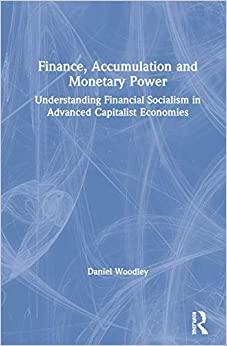Question
A years ago, a Japanese firm issued USD-bond with 4 years time to maturity, paying an annual coupon rate of LIBOR+1.0% pa. The face value
A years ago, a Japanese firm issued USD-bond with 4 years time to maturity, paying an annual coupon rate of LIBOR+1.0% pa. The face value of the bond is USD 90 million. The money was used for an FDI in the USA. Today, the firm fears that USD will appreciate and USD-interest rate will increase in the future. The firm wants to hedge both exchange rate and interest rate exposure created by the USD-bond. The current spot exchange rate is 100/$. A commercial bank quotes the following fixed-for-float CCS;
Fixed interest on JPY against 6-month USD-LIBOR
- 3-year CCS: 3.0%-3.2% pa.
- 4-year CCS: 3.5%-3.8% pa.
- 5-year CCS: 4.0%-4.3% pa.
How could the firm can use CCS to hedge both exchange rate and interest rate risk created by the USD-bond? Explain the contract details (notional values, tenor and interest rates) and show results (i.e., cash flows) after hedging.
From question 1 above, do you agree with the hedging strategy of the Japanese firm?
Step by Step Solution
There are 3 Steps involved in it
Step: 1

Get Instant Access to Expert-Tailored Solutions
See step-by-step solutions with expert insights and AI powered tools for academic success
Step: 2

Step: 3

Ace Your Homework with AI
Get the answers you need in no time with our AI-driven, step-by-step assistance
Get Started


